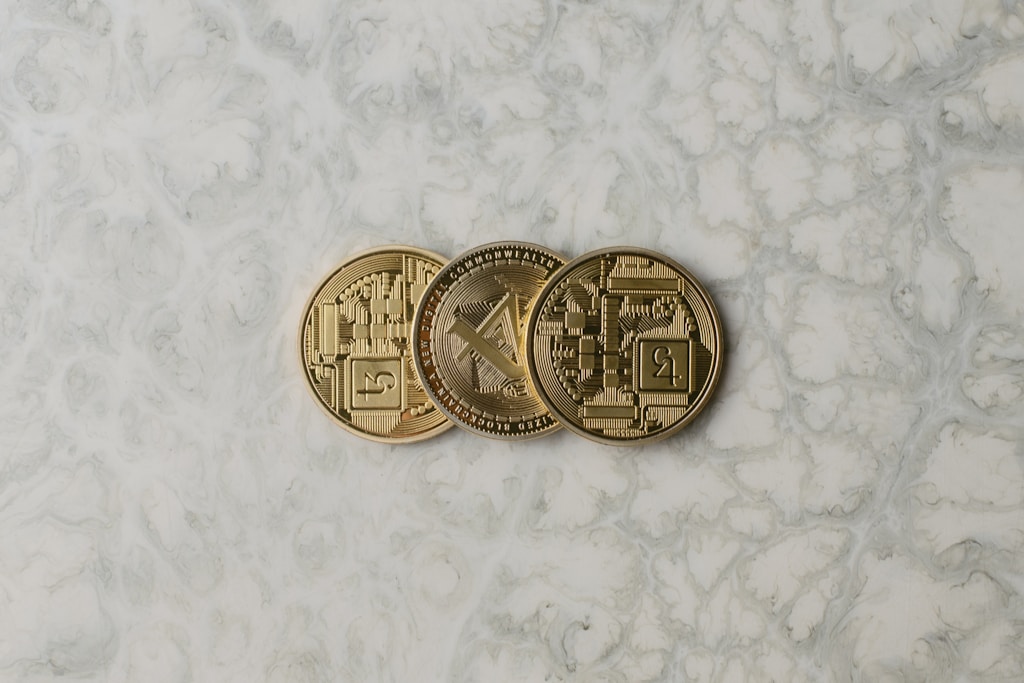The XRP ecosystem is undergoing a fundamental transformation, shifting from a speculative cryptocurrency to a cornerstone of global financial infrastructure. Recent developments and institutional adoption signals suggest XRP has entered a new era of utility-driven growth that could reshape its role in international finance.
Major Institutional Adoption Signals XRP’s Evolution
In a significant development that aligns with growing institutional interest in XRP, crypto custodian BitGo has partnered with VivoPower to manage a $100 million XRP treasury acquisition. This move represents just one piece of a larger institutional adoption trend, with Webus International committing $300 million and Hyperscale Data allocating $10 million to XRP holdings.
XRP’s Growing Role in Global Finance
The XRPL ecosystem has expanded significantly with the launch of Ripple’s RLUSD stablecoin, now operational on both XRPL and Ethereum networks. The stablecoin’s integration into major protocols like Aave and its recent Dubai regulatory approval demonstrate XRP’s growing institutional credibility.
Corporate and Sovereign Integration
Perhaps most notably, sovereign entities are beginning to leverage XRP Ledger technology. Saudi Aramco’s recent oil tokenization initiative on XRPL represents a watershed moment, directly incorporating XRP into energy asset settlement mechanisms.
Regulatory Progress and Market Infrastructure
The regulatory landscape for XRP continues to evolve positively, with MiCA-compliant stablecoins XSGD, EURØP, USDB, and BBRL launching on XRPL. The introduction of XRP futures on Coinbase and CME, coupled with potential Spot XRP ETF approval, further solidifies its position as an institutional-grade asset.
FAQ Section
Why is XRP no longer considered speculative?
XRP has transitioned from speculation to utility through institutional adoption, regulatory clarity, and integration into global financial infrastructure.
What major institutions are adopting XRP?
Key adopters include VivoPower ($121M), Webus International ($300M), and various financial institutions through RippleNet.
How is XRP being used in real-world applications?
XRP is being utilized for treasury management, cross-border payments, and as settlement infrastructure for tokenized assets.
At press time, XRP trades at $2.24, showing a 1.6% increase over the last 24 hours.



